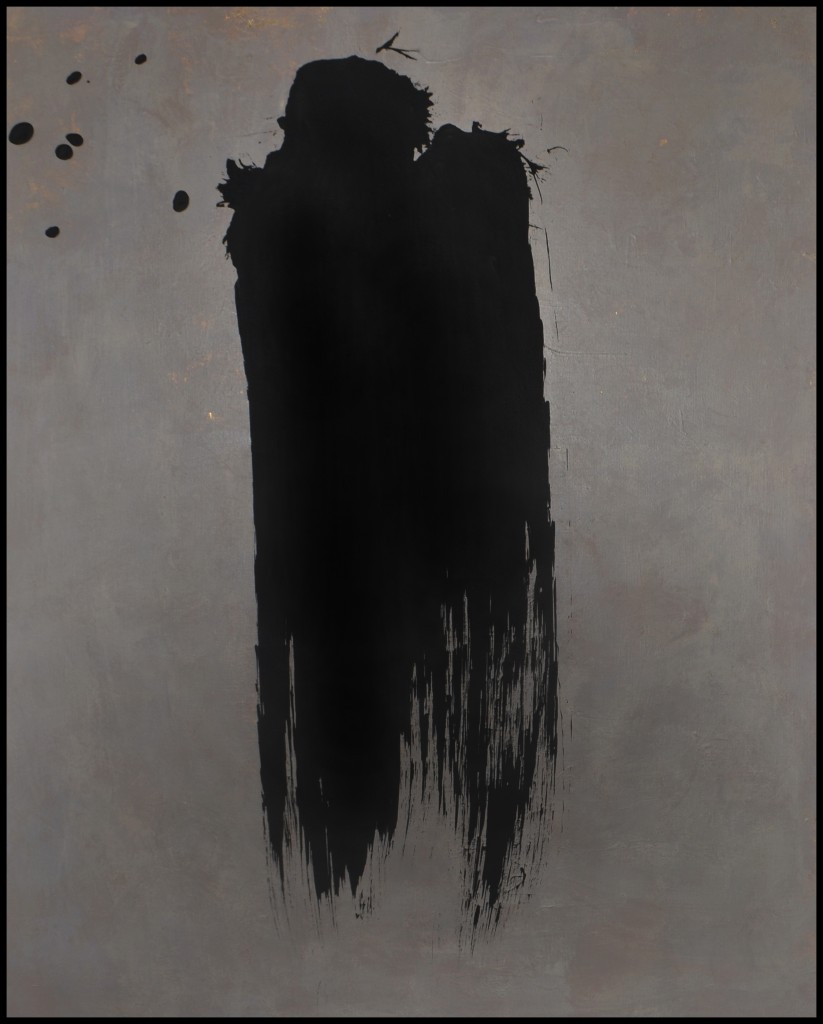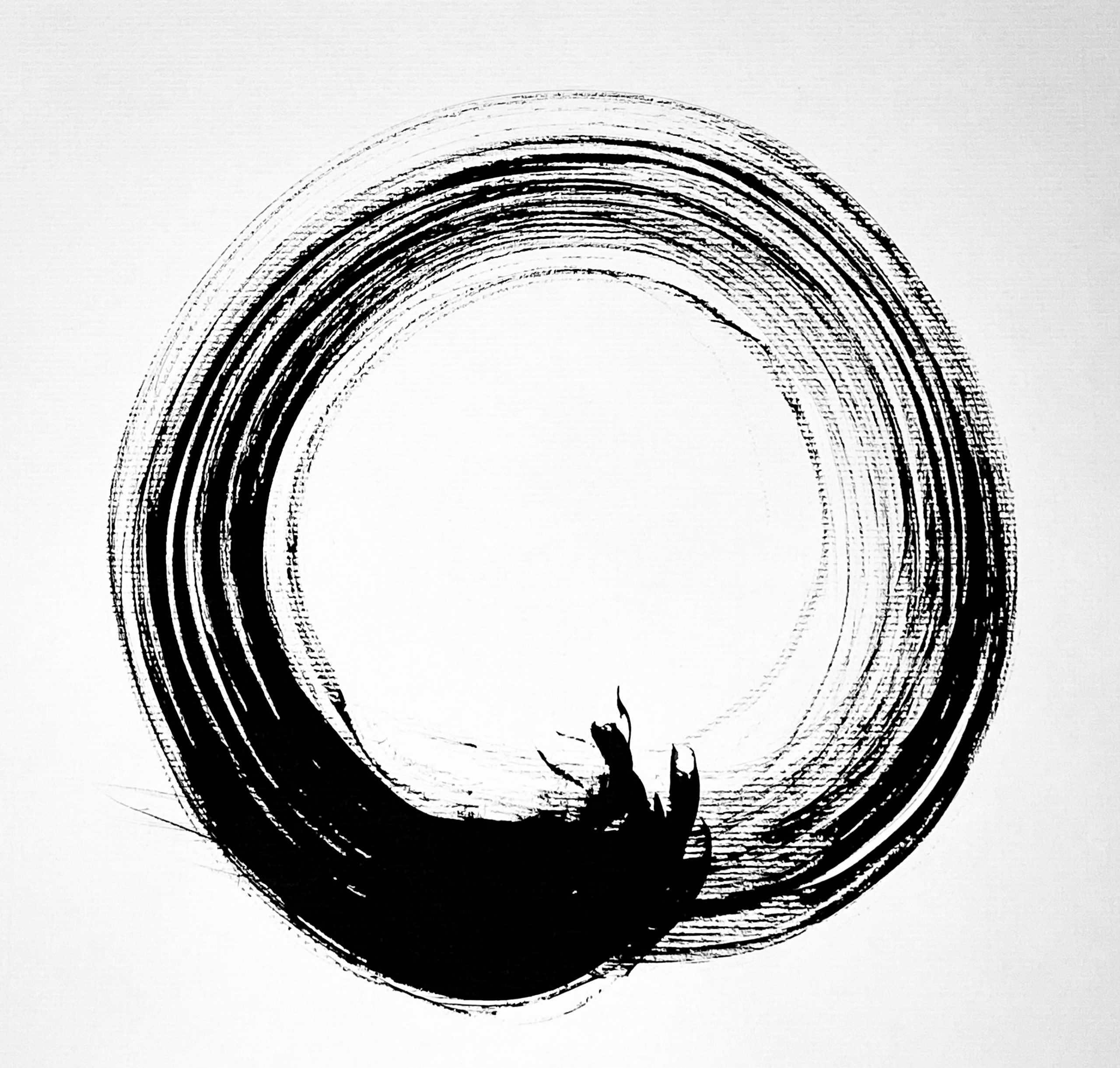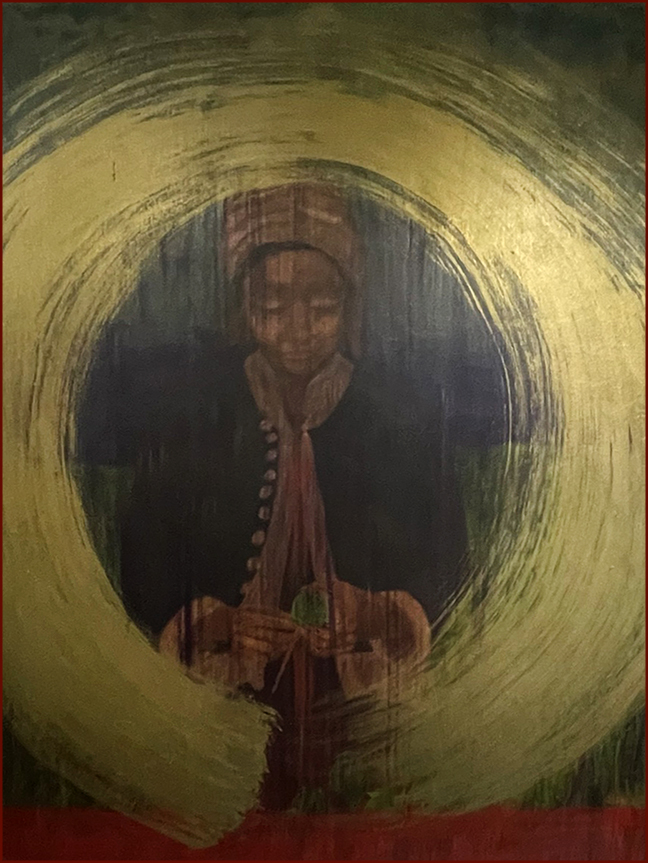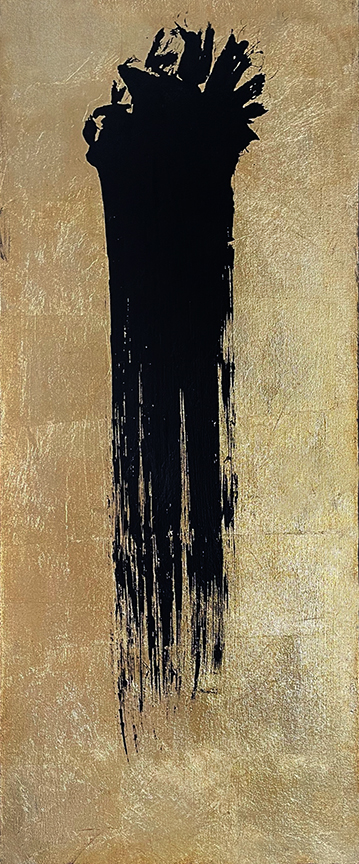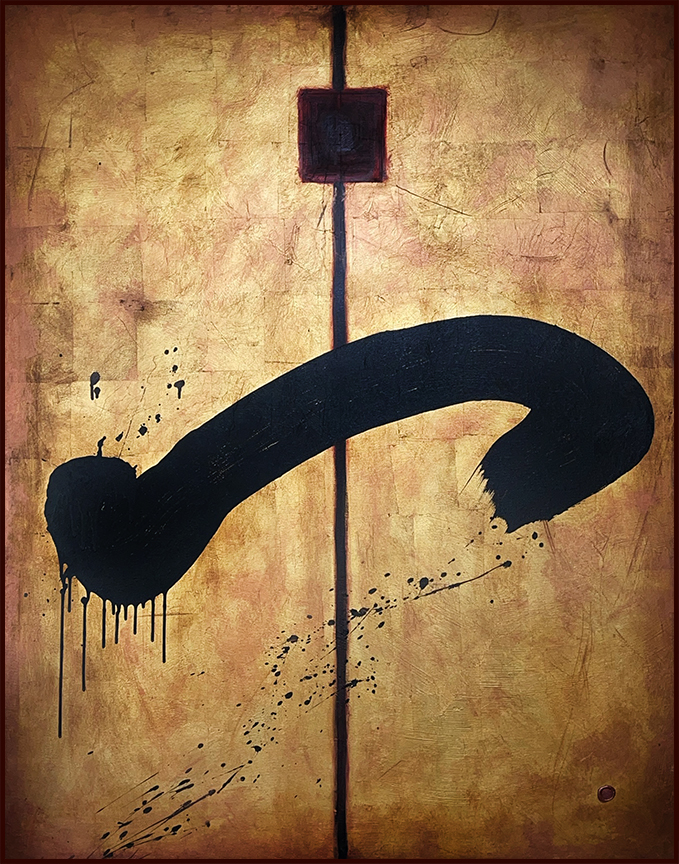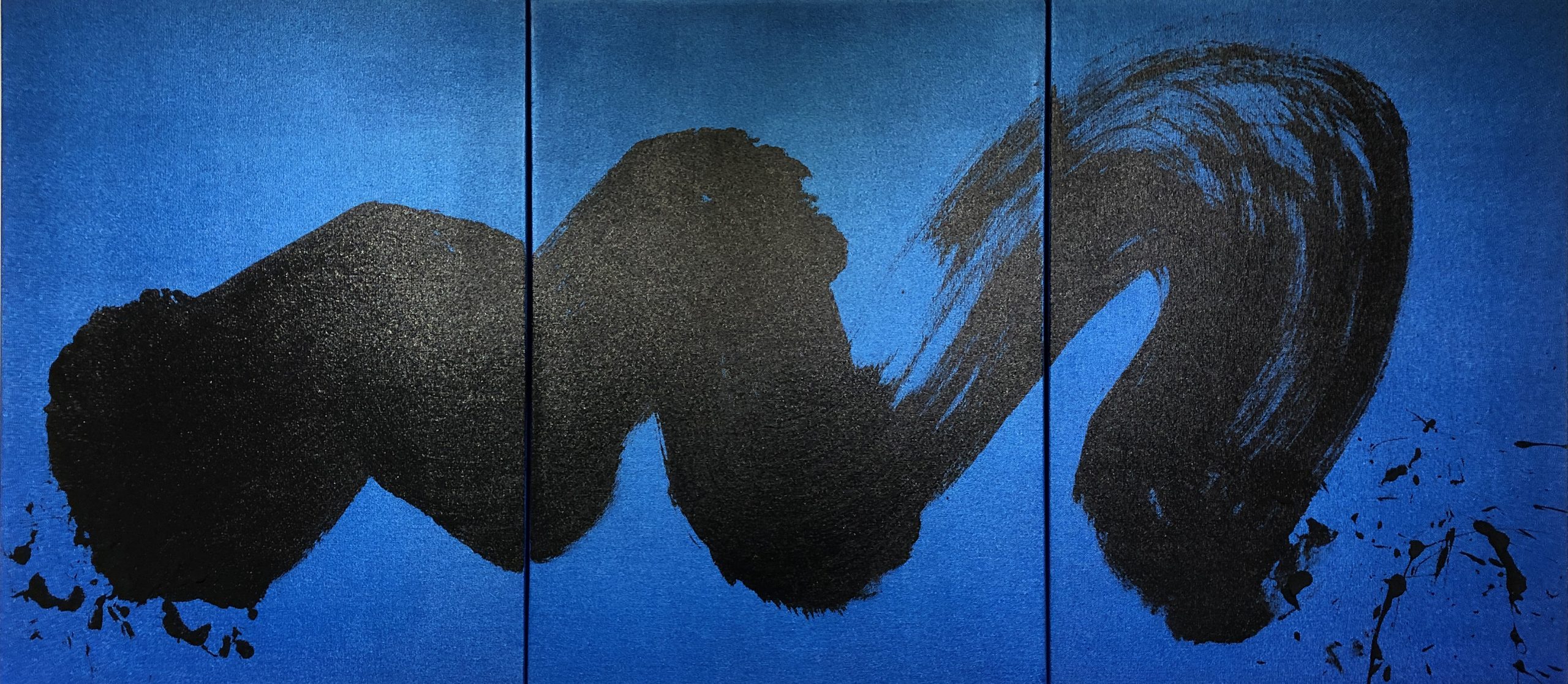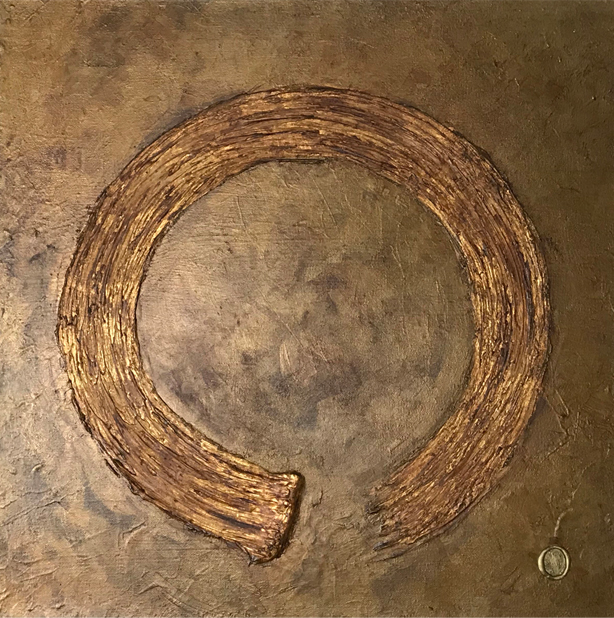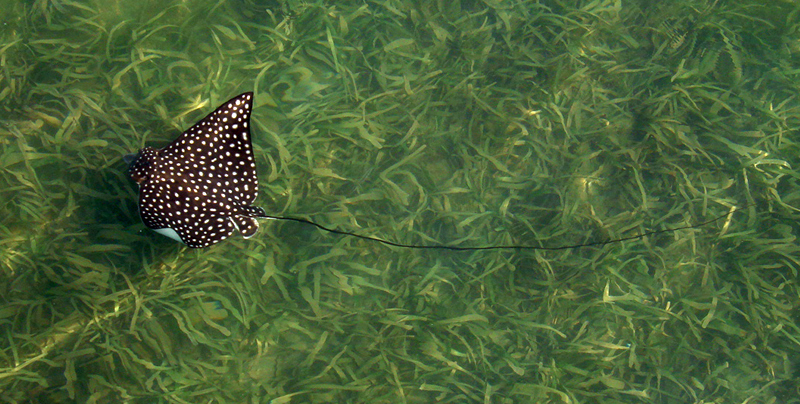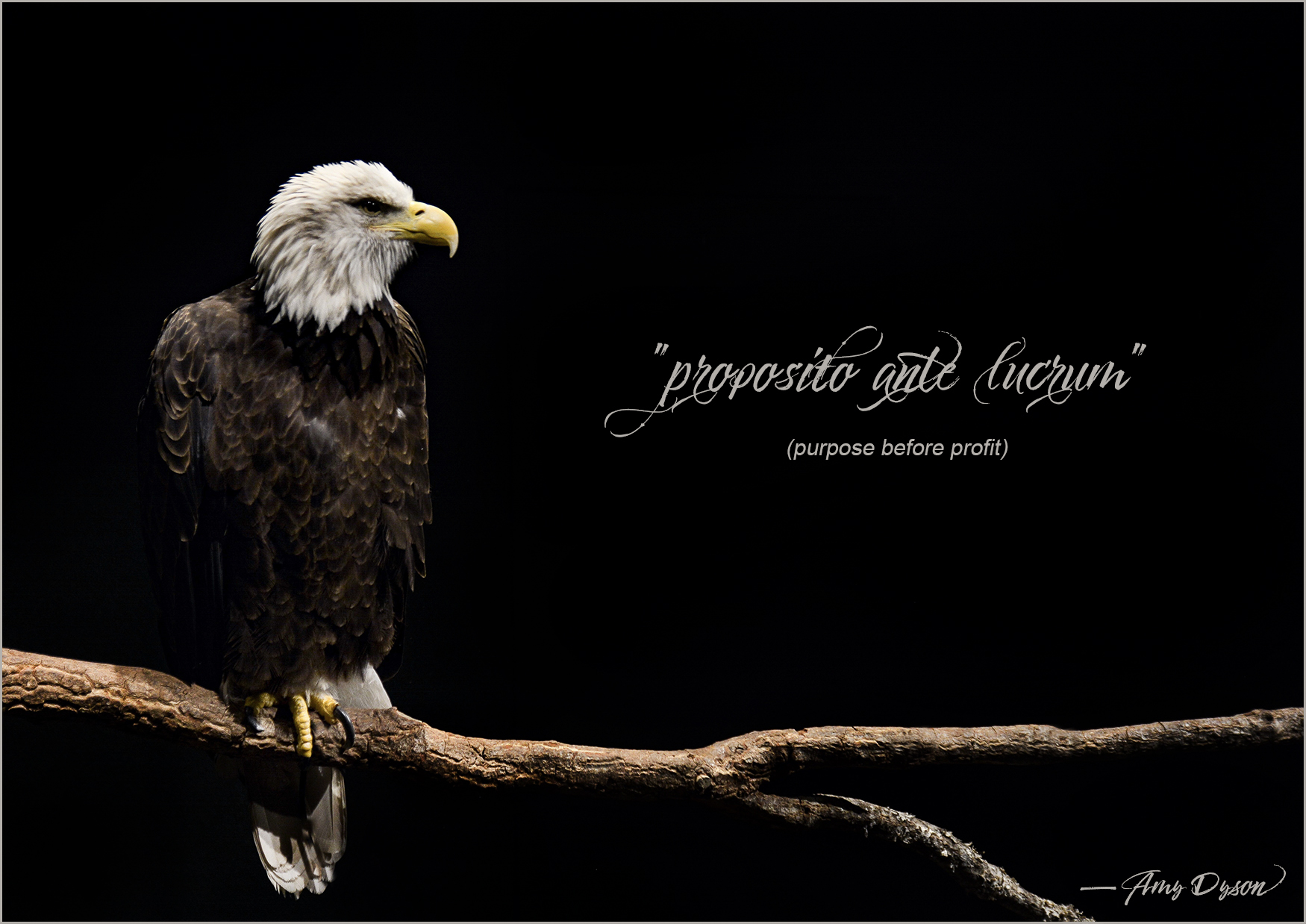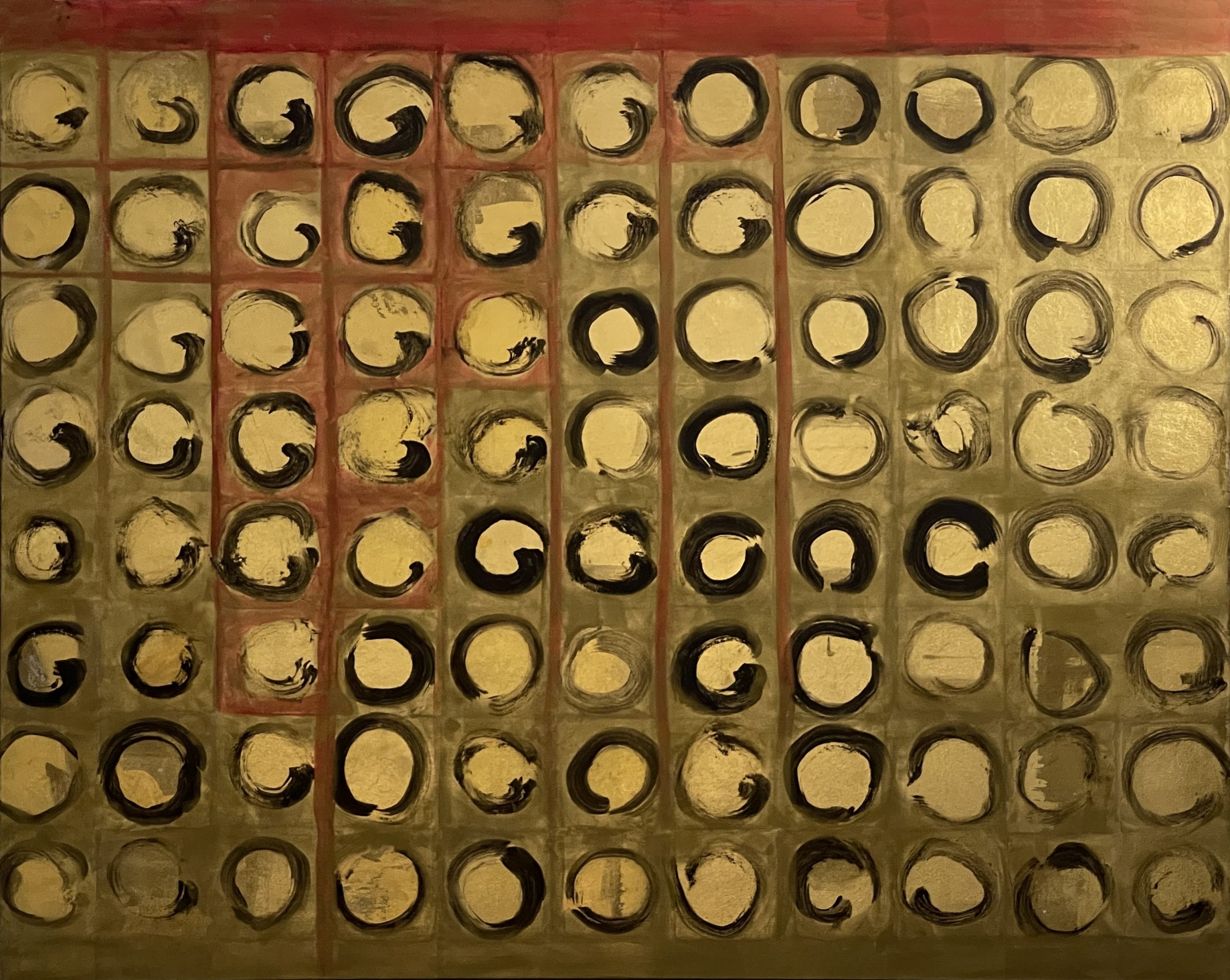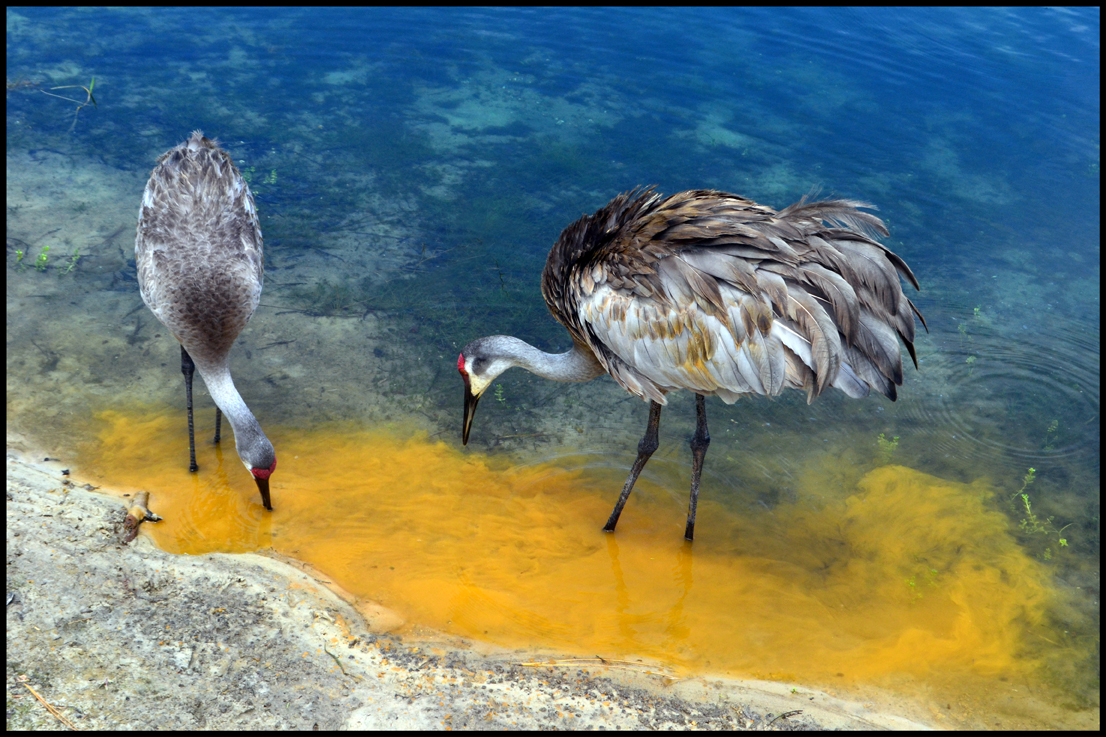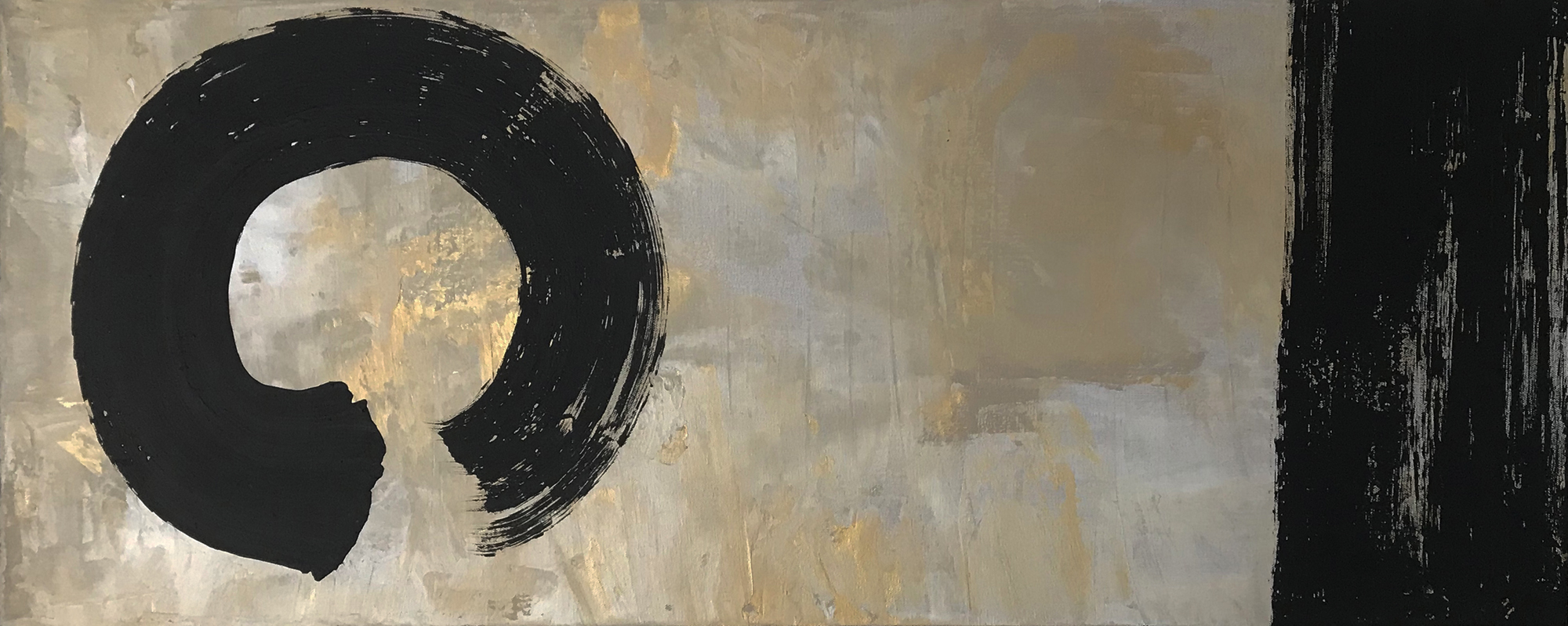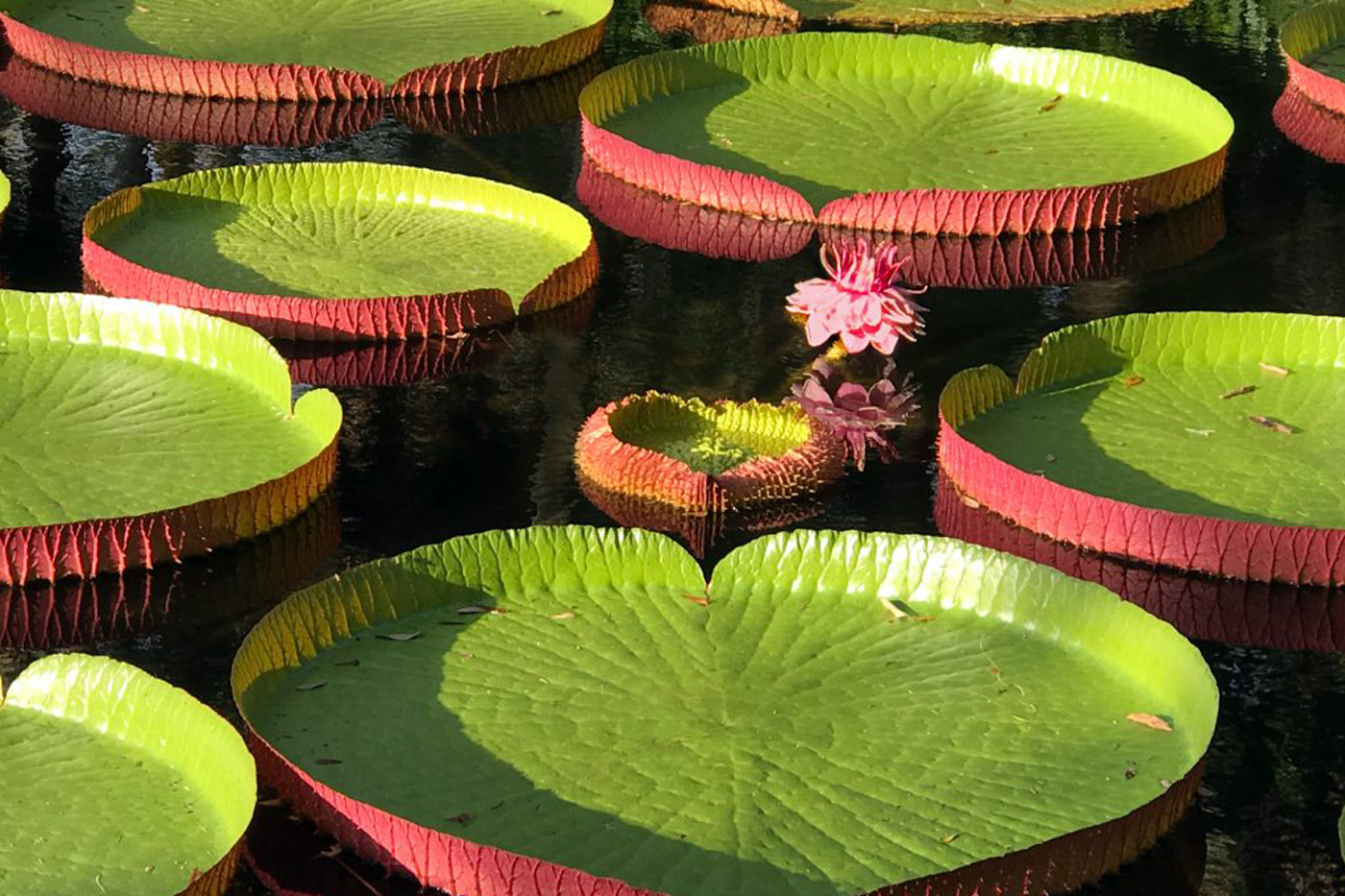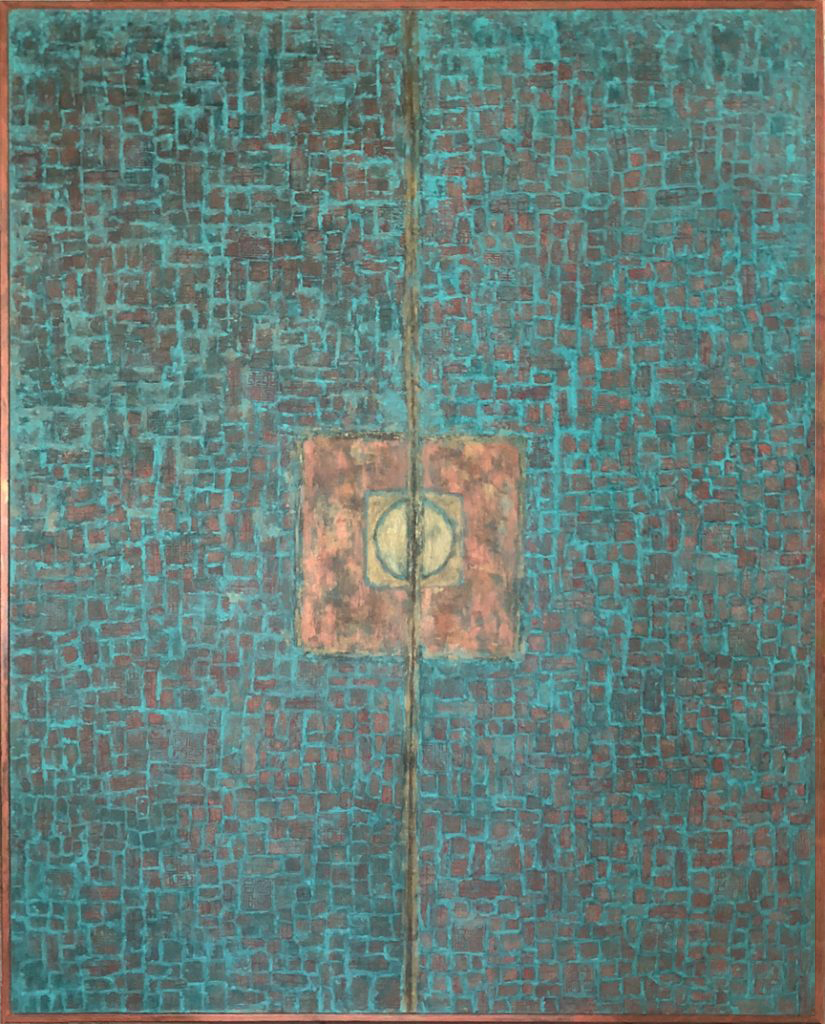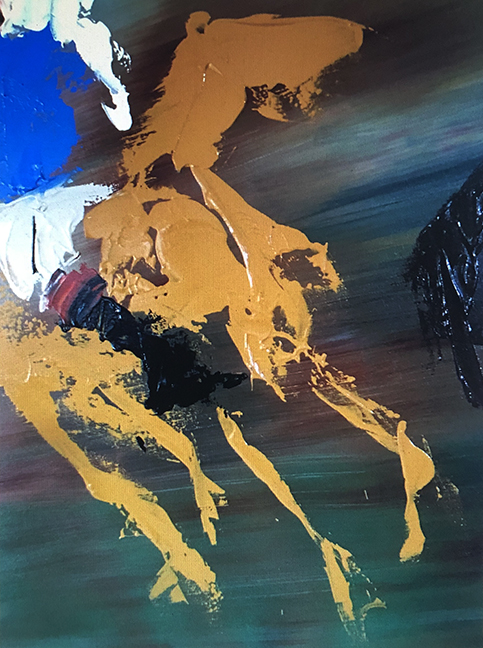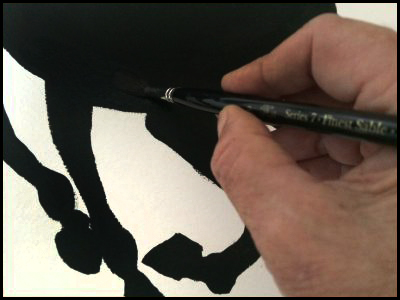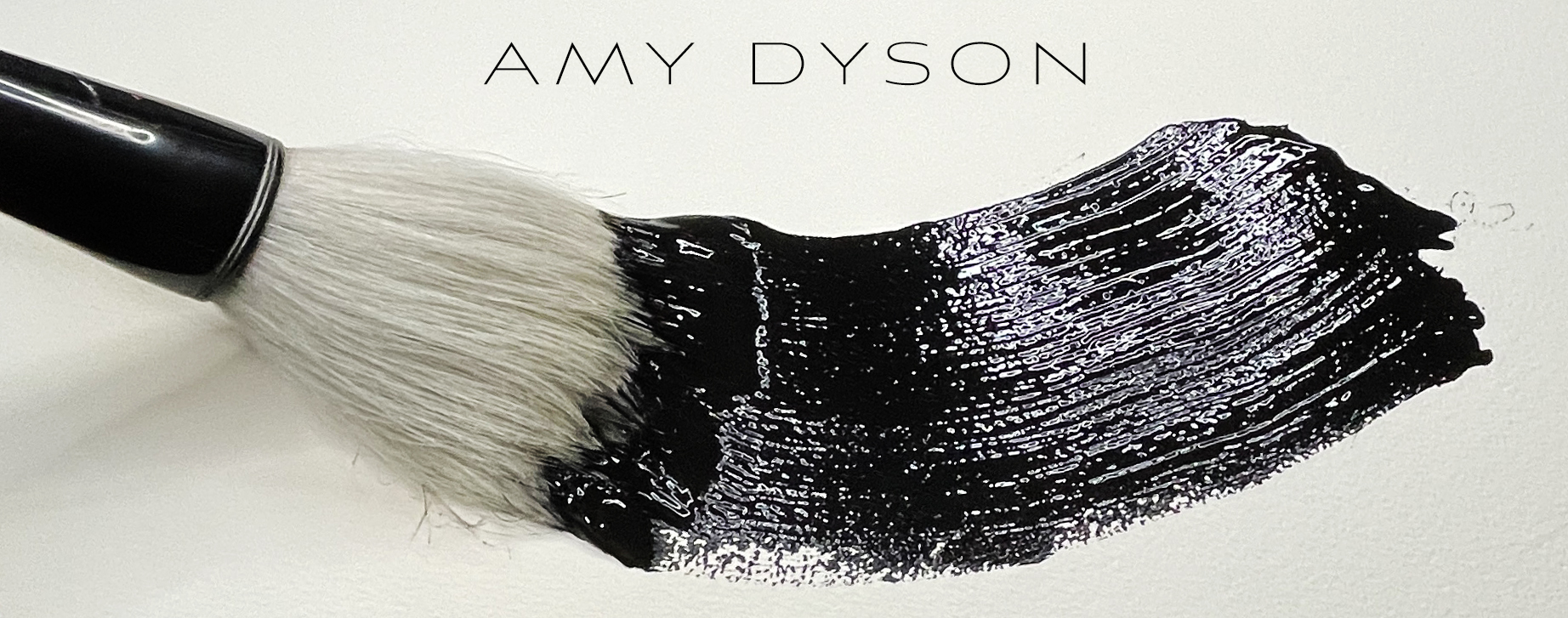
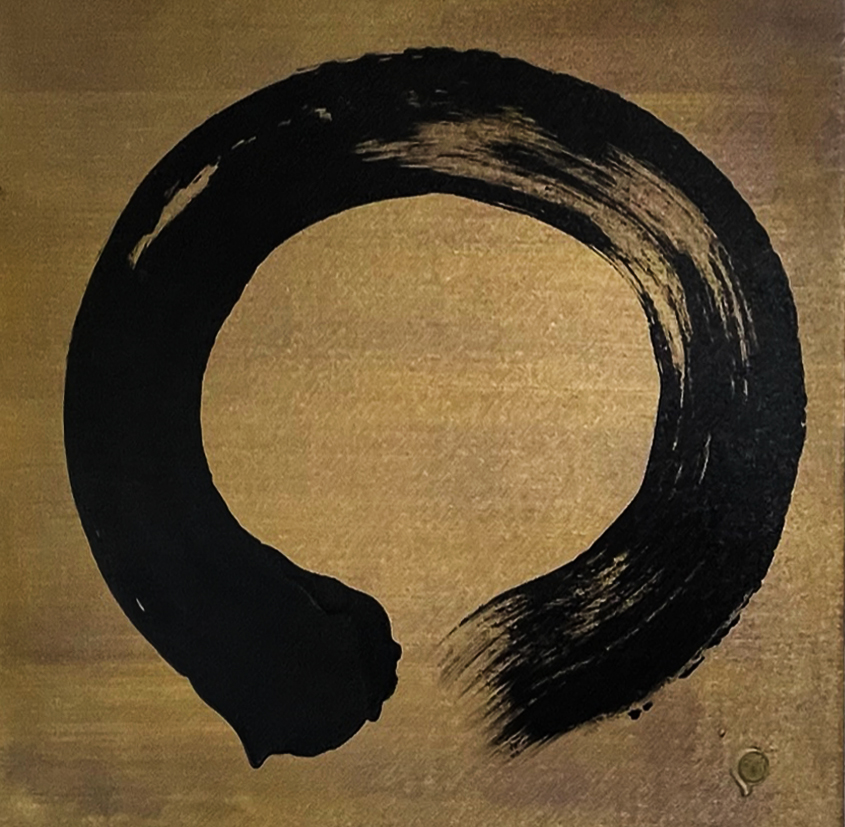
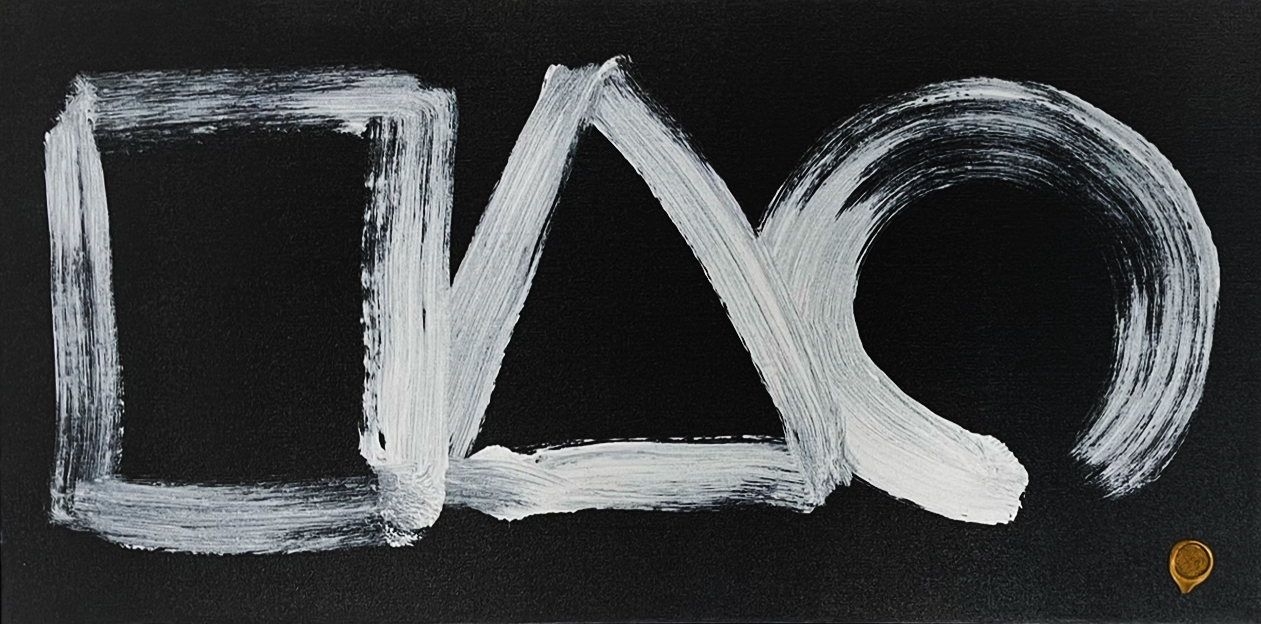
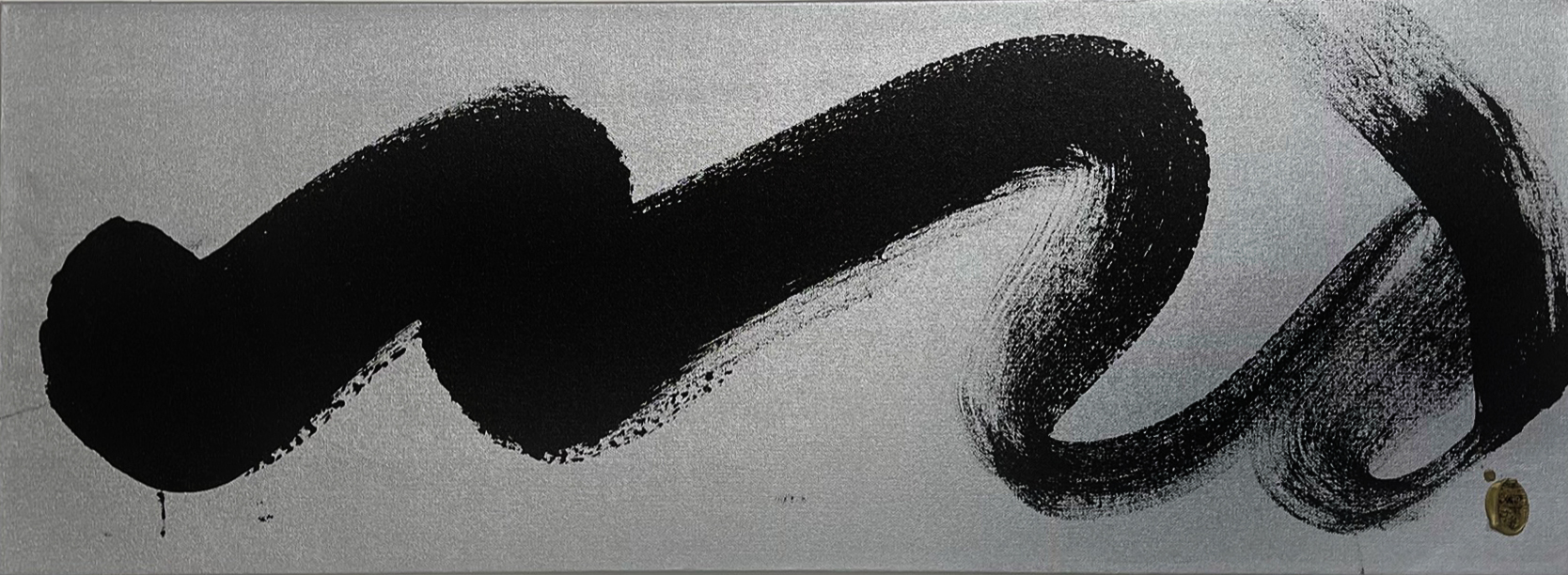
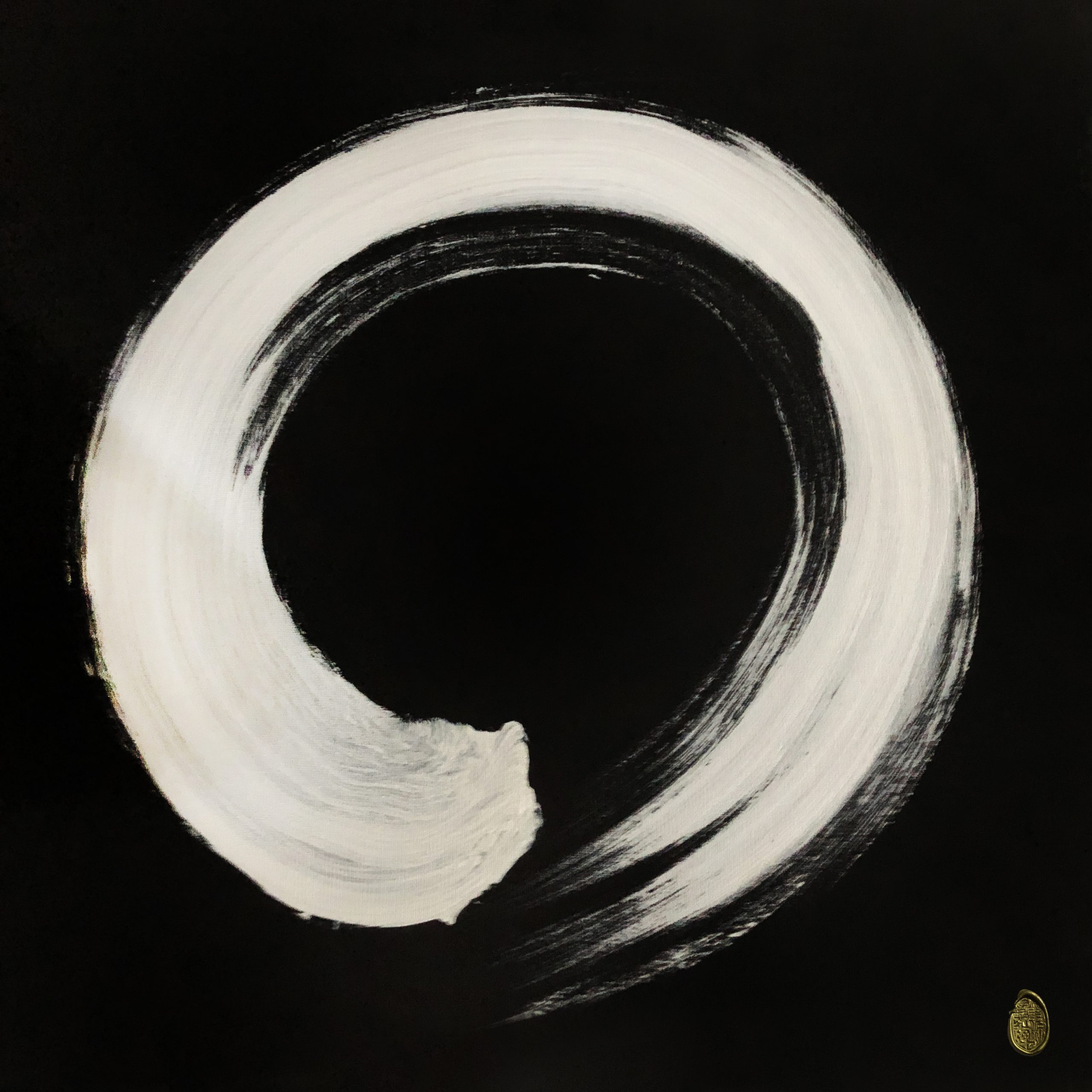
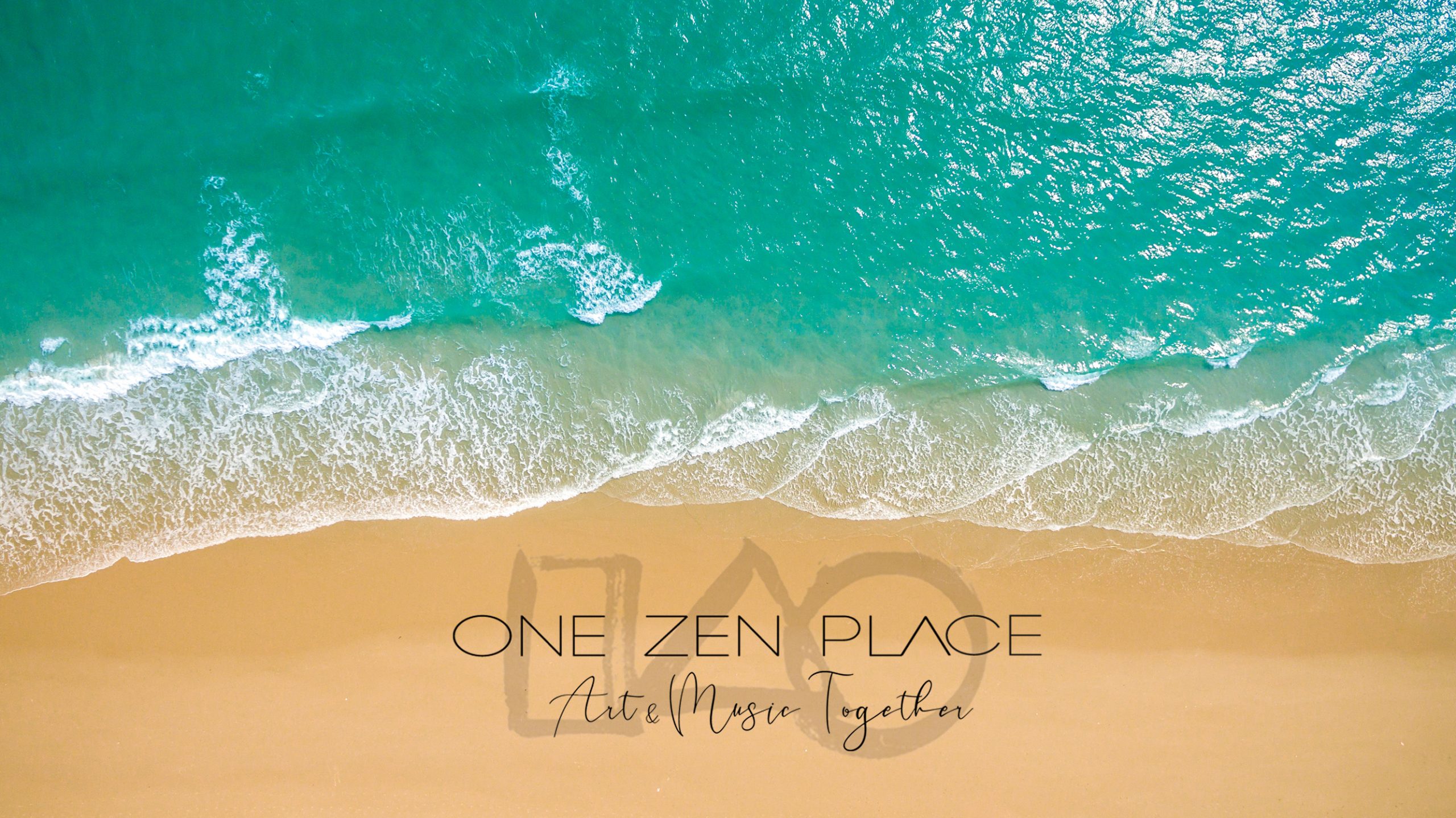

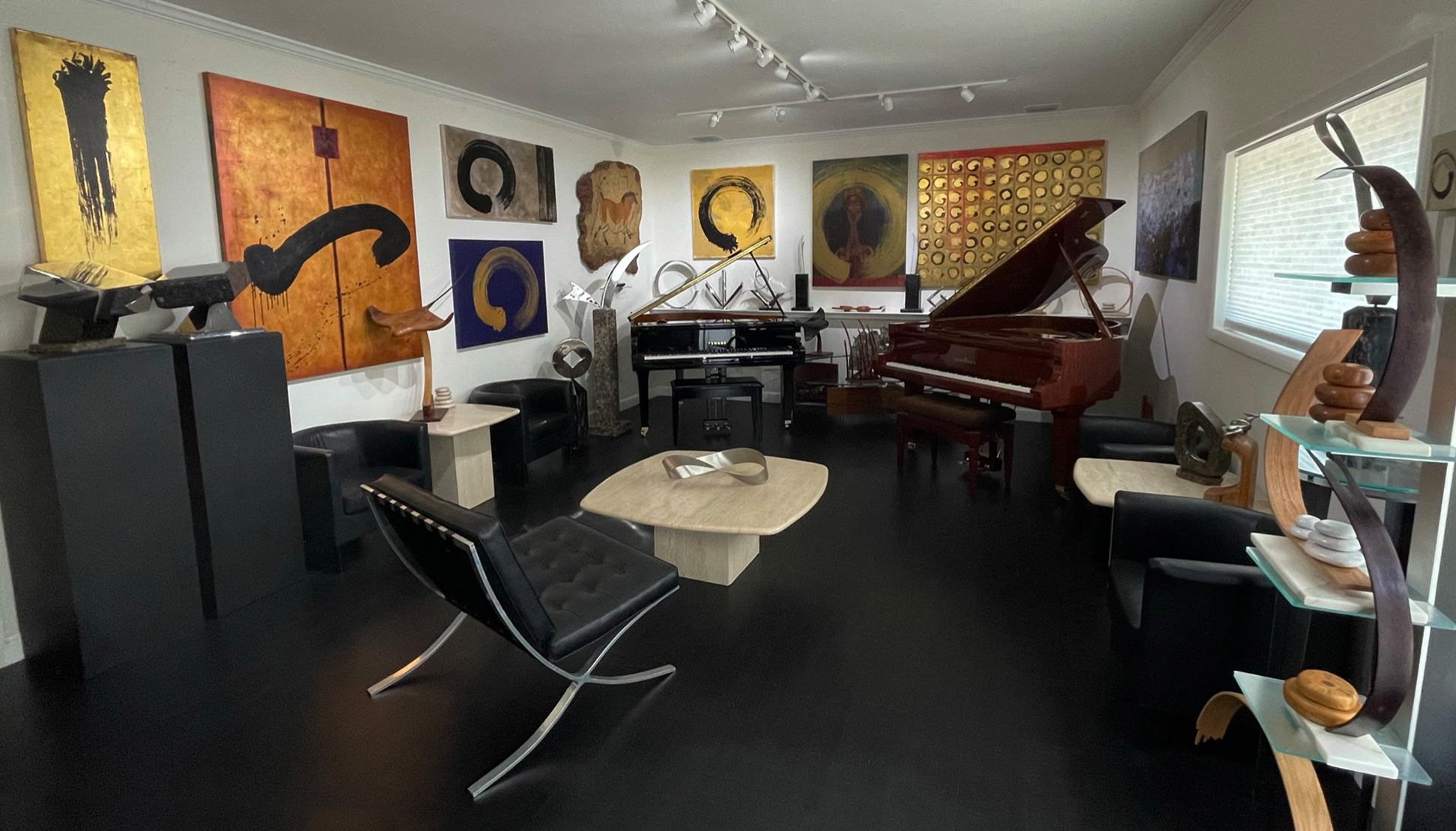

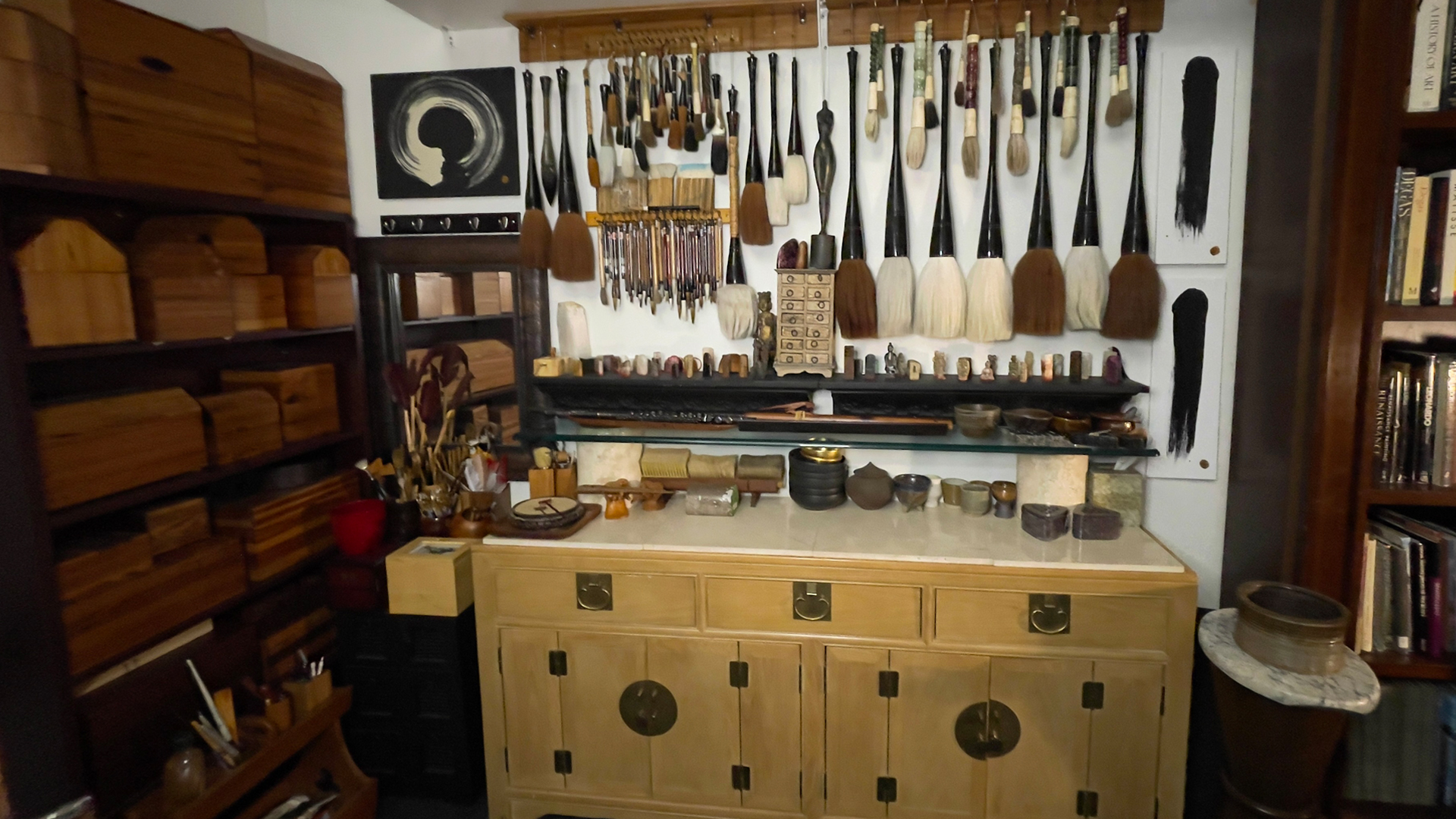

Artist and art historian Amy Dyson emphasizes minimalism in her art. She has a preference for single brushstroke paintings and Ensō. Dyson's Zen approach is always "in the moment" and she often shares the origins of her techniques and methodologies to studio guests.
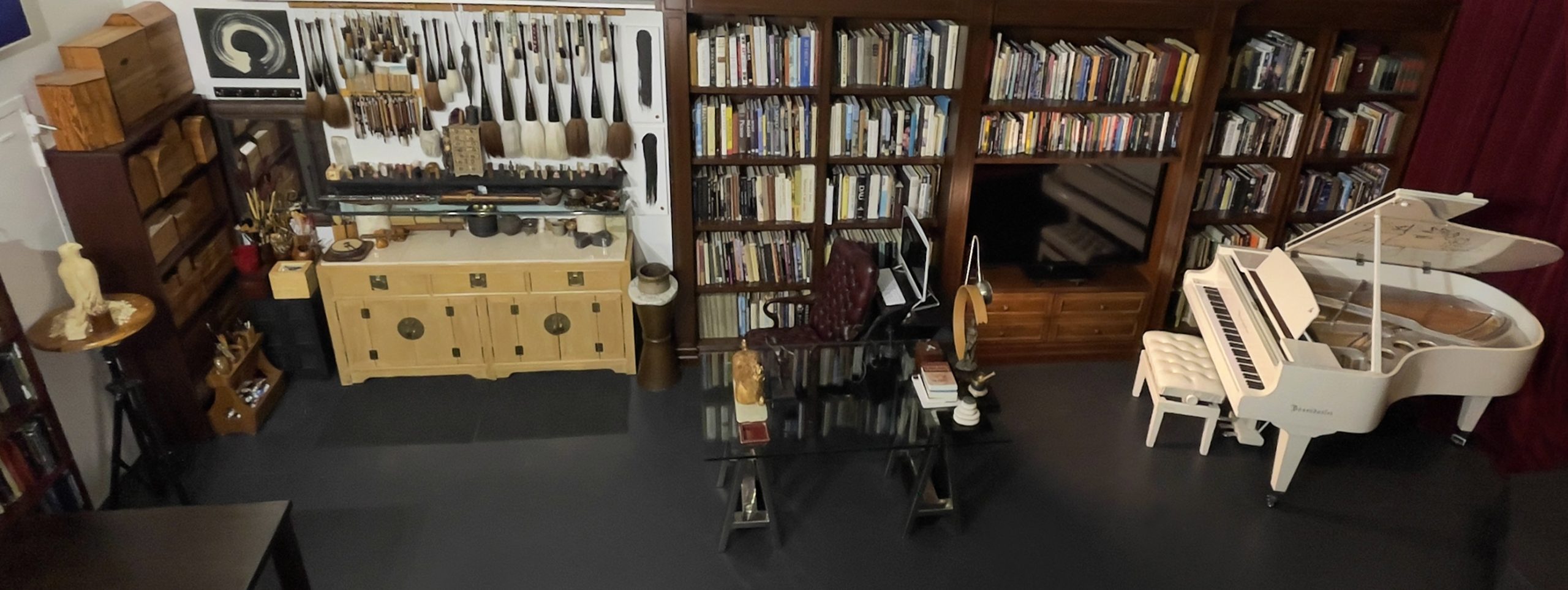
East Studio at One Zen Place
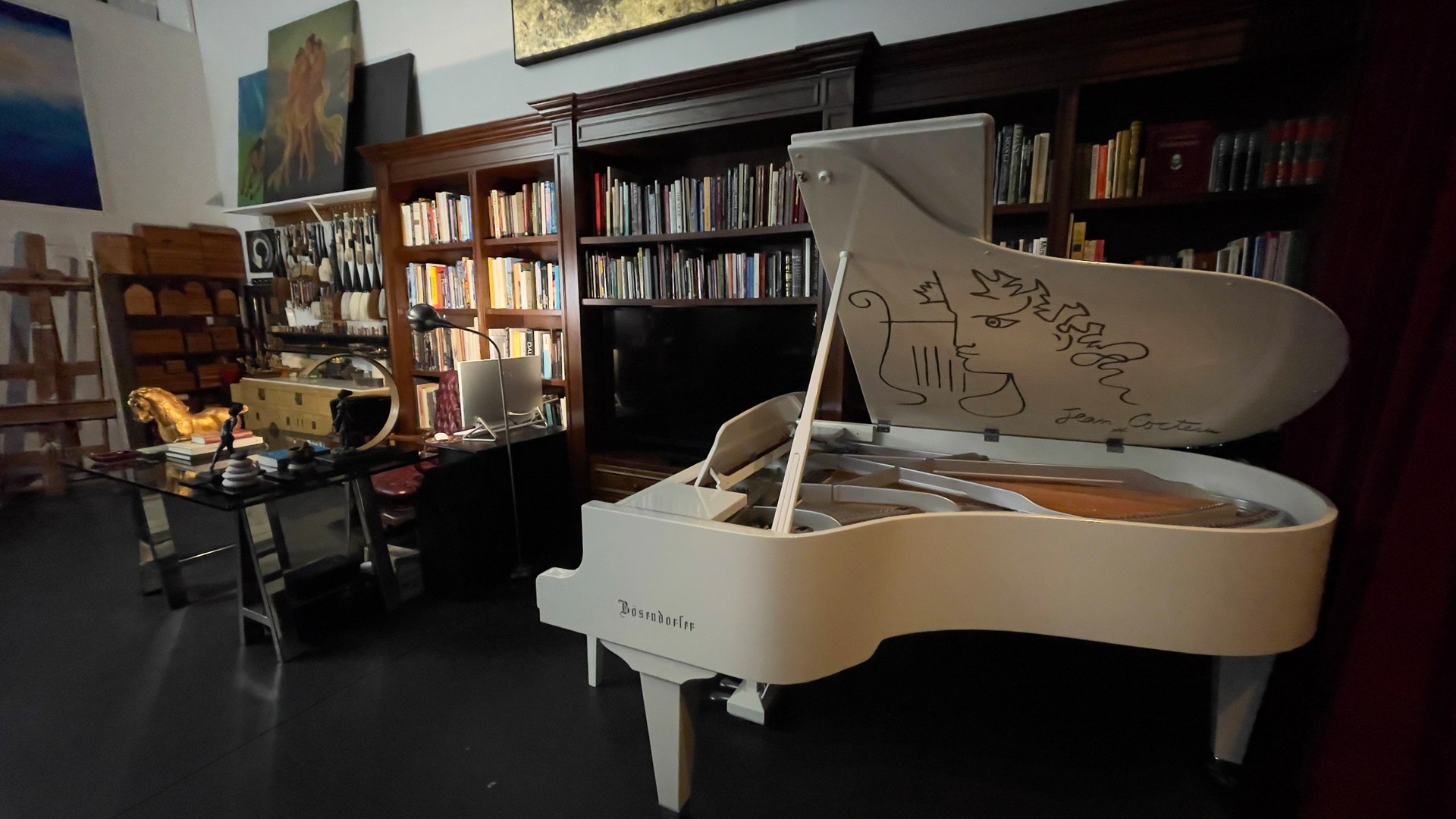

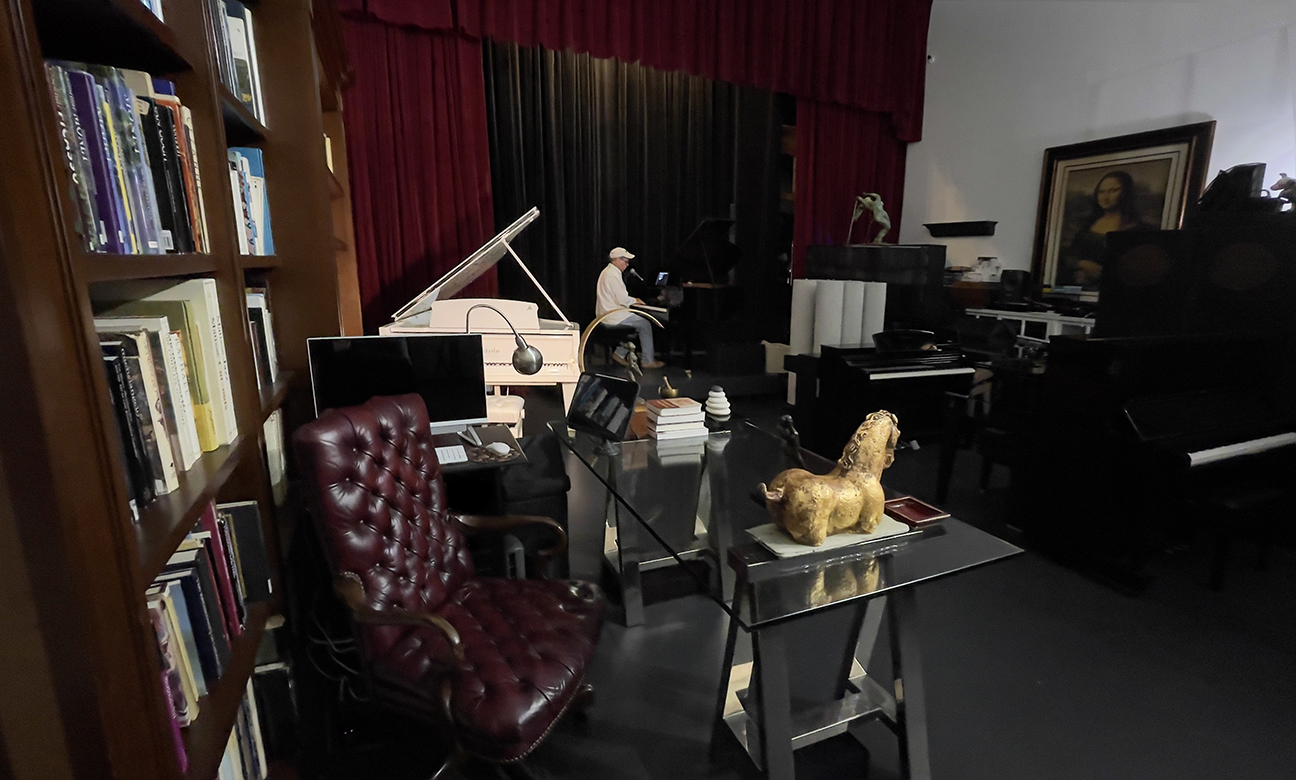
"My favorite time in the studio is when my husband, John Ryan, is playing piano because his original music deeply inspires me. When I listen to John's music, I am moved to create art. One of my most frequent chop-seals is engraved with the ideogram, 'Created with the music of John Ryan'. We have demonstrated our arts together in many live performances, but we are now opening our studios to the world as we progress to live-streaming podcasts from One Zen Place - Art and Music Studios."
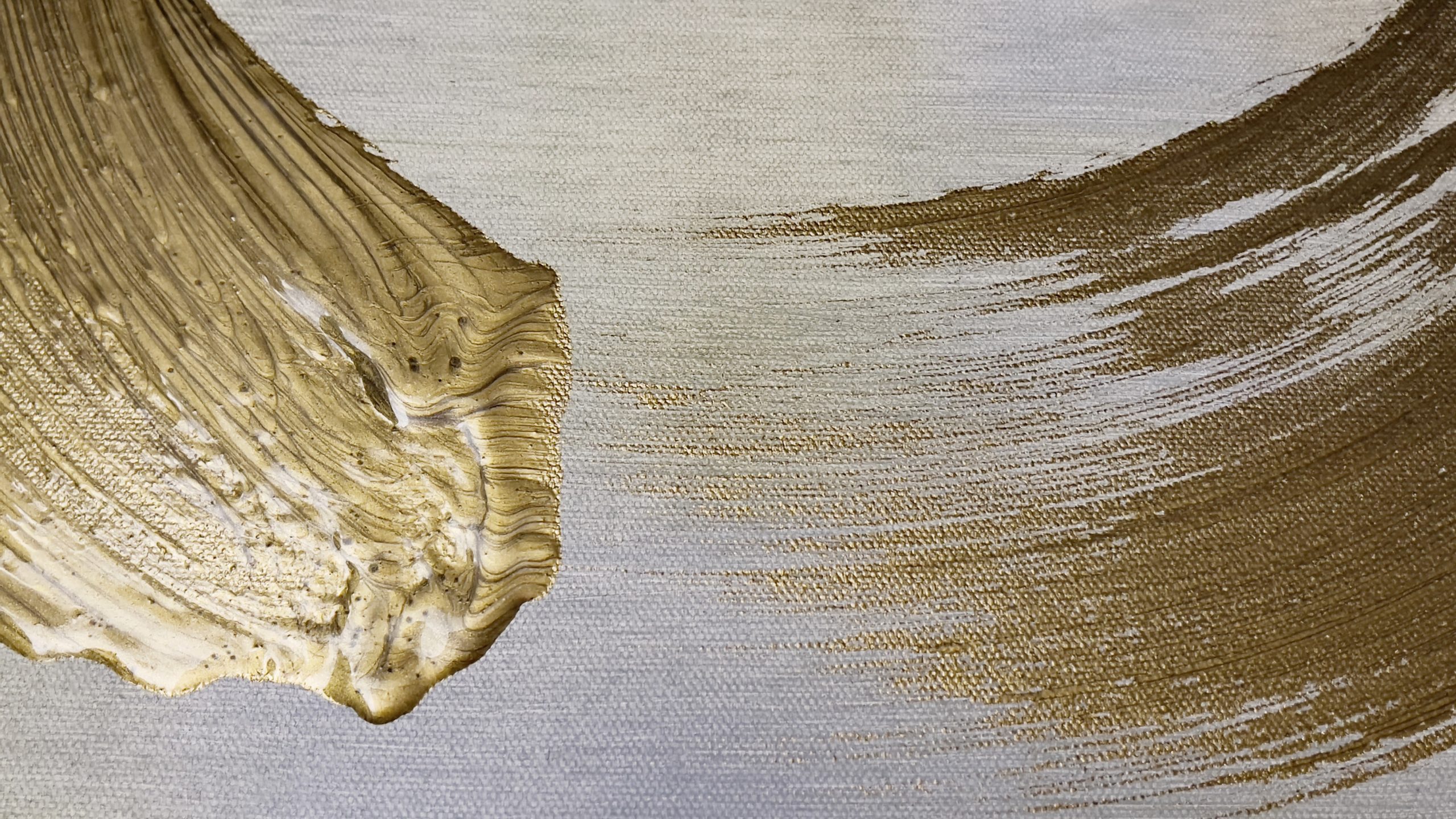
Amy Dyson creates Enso every day in her studio at One Zen Place.
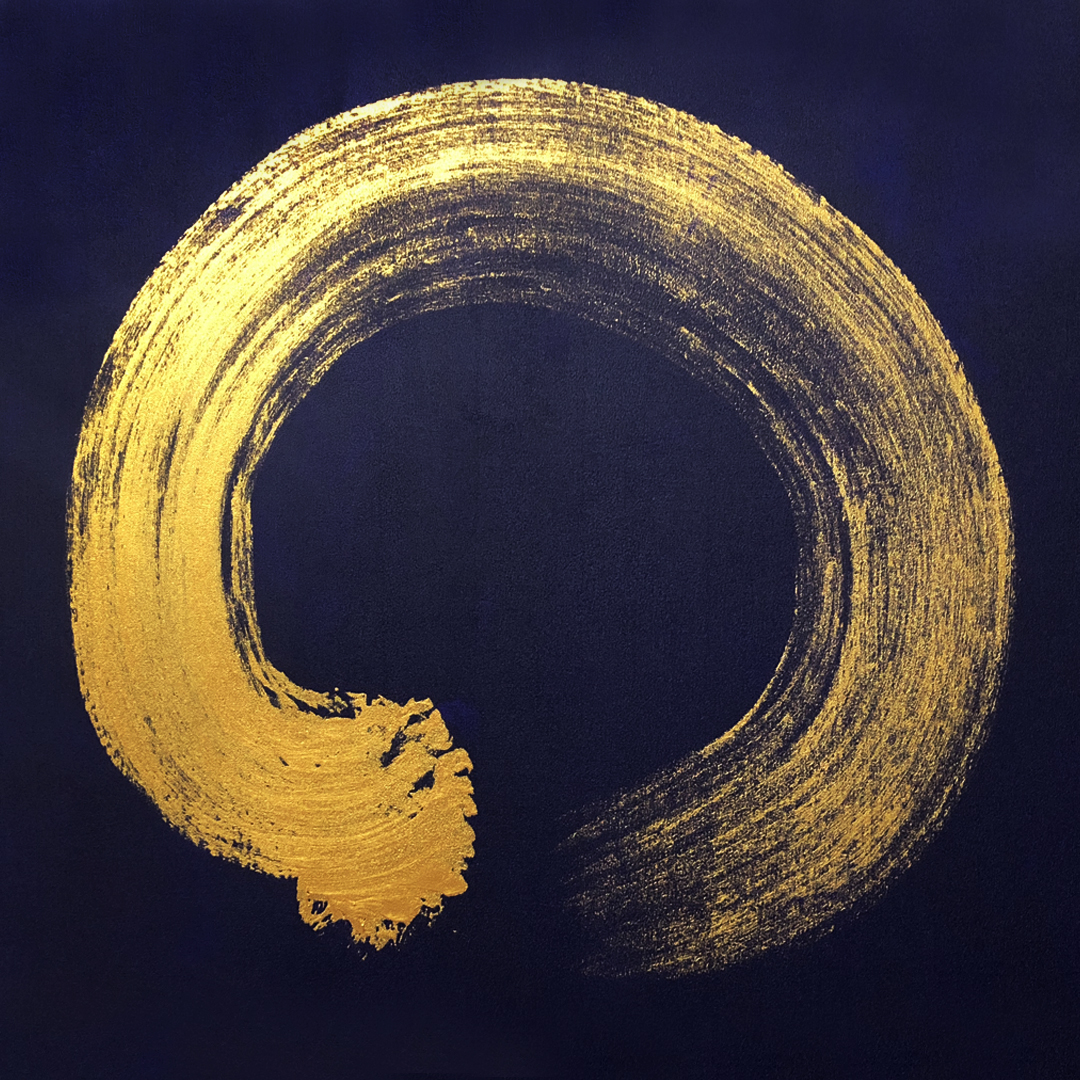
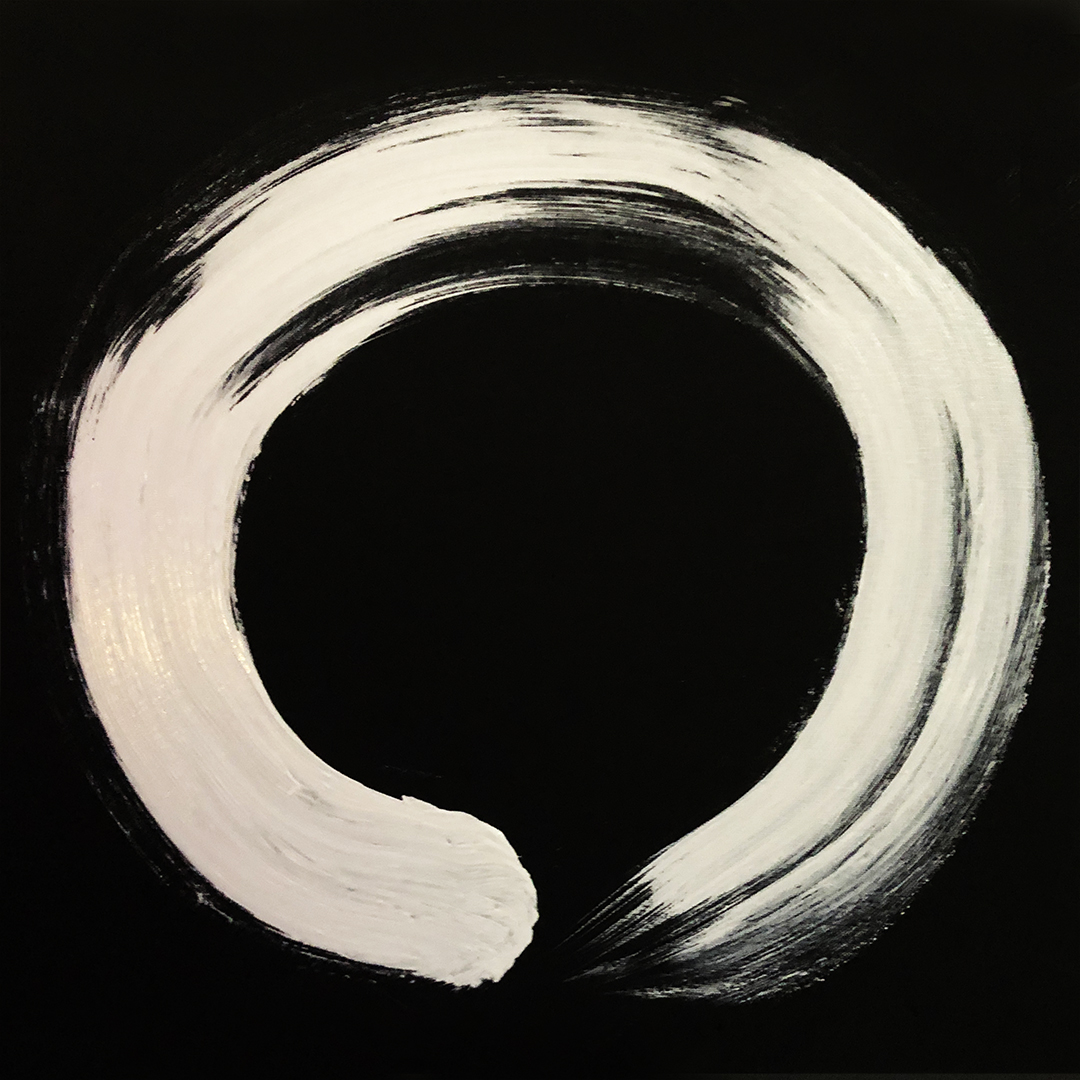
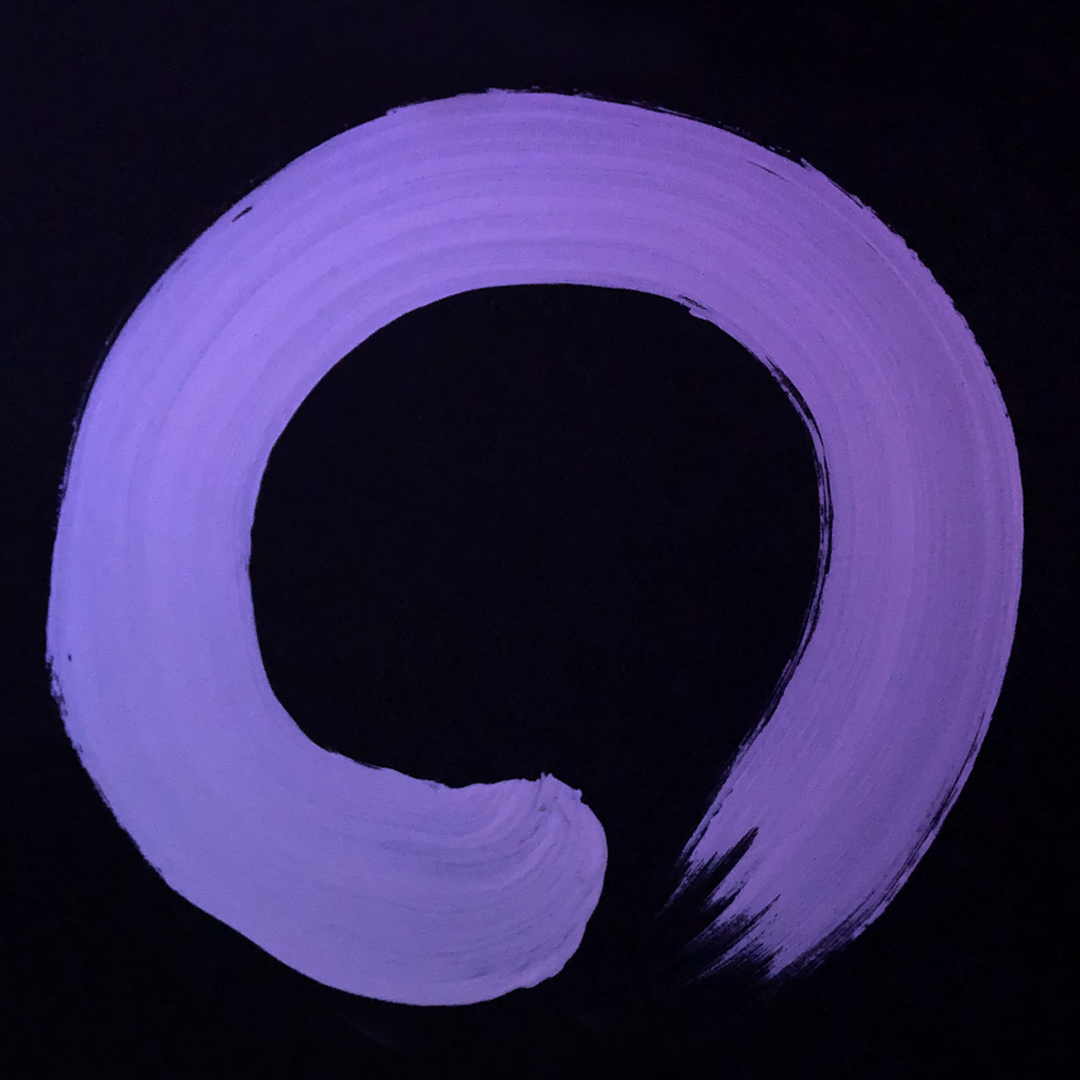
Washaway Enso
Amy Dyson enjoys the sunrise while drawing 'Washaway Enso' in the sand of Vero Beach in Florida.

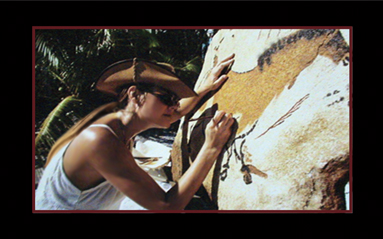
Upper Paleolithic Research
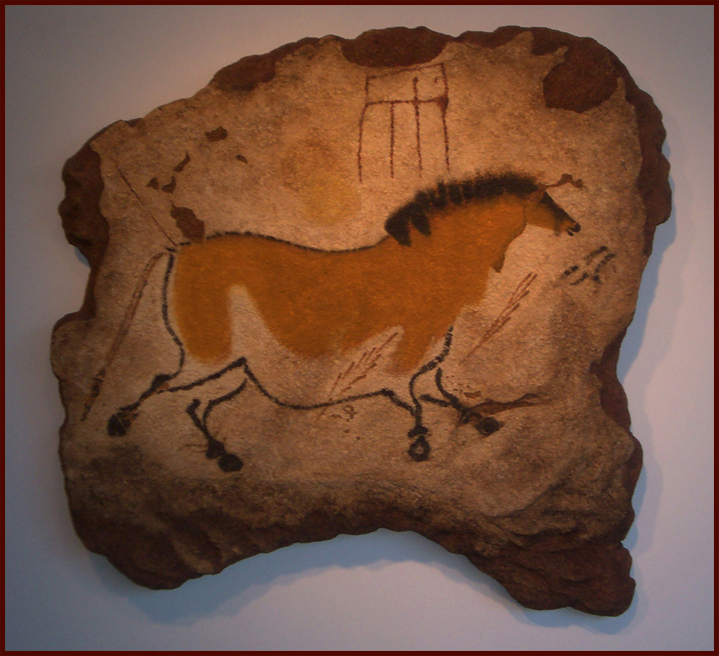
Cave of Lascaux c.17,000 B.C.E.
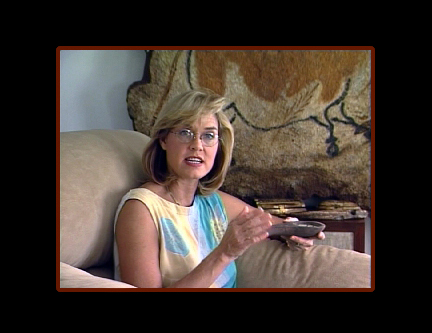
Art Historian Amy Dyson
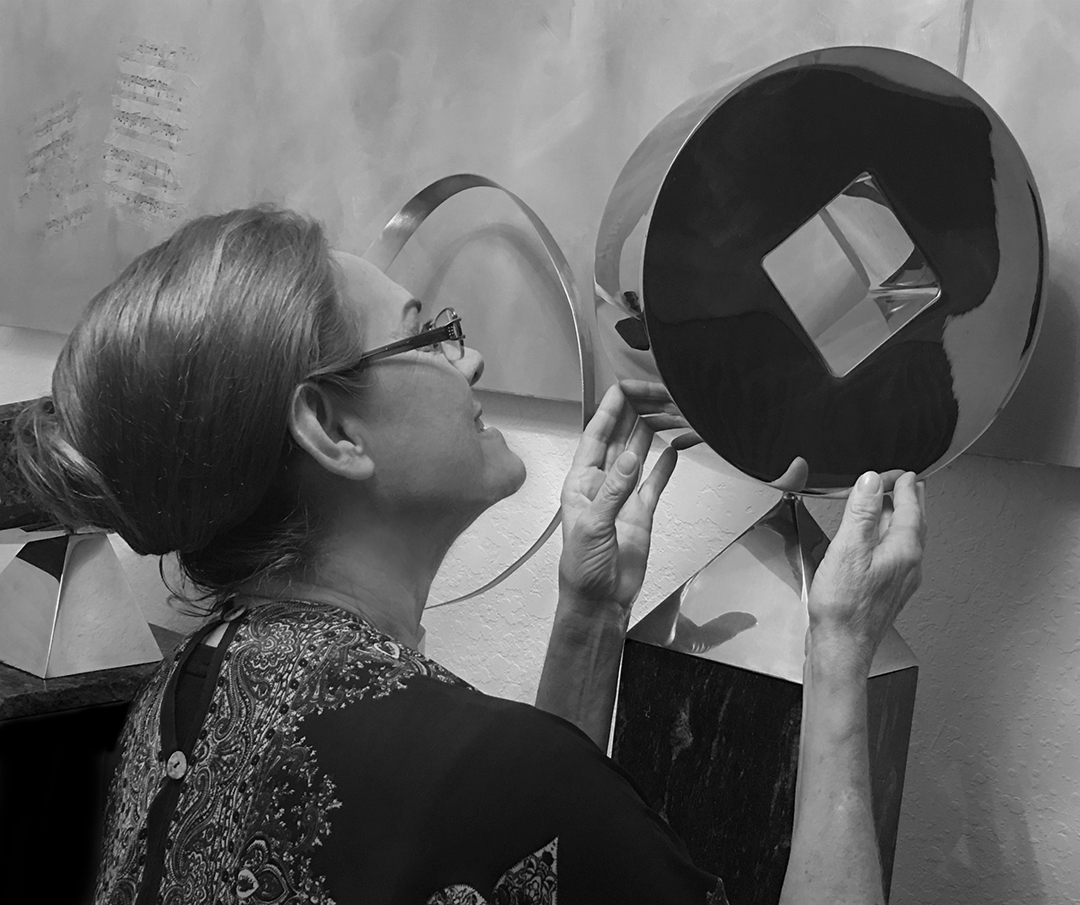
There are three kinds of people.
Those who see.
Those who see when they are shown.
Those that do not see.
—Leonardo Da Vinci
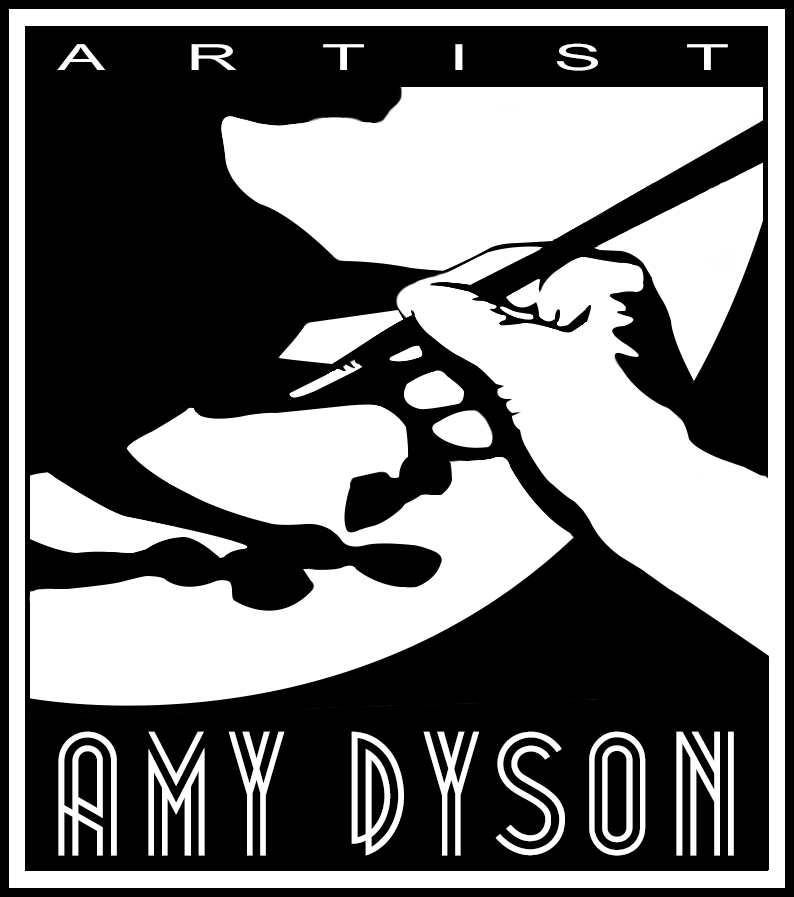
Portrait Discovery in Renaissance Painting
Art historian Amy Dyson discovers a portrait within a Renaissance painting by master Jacopo Tintoretto (1518 – 1594)
